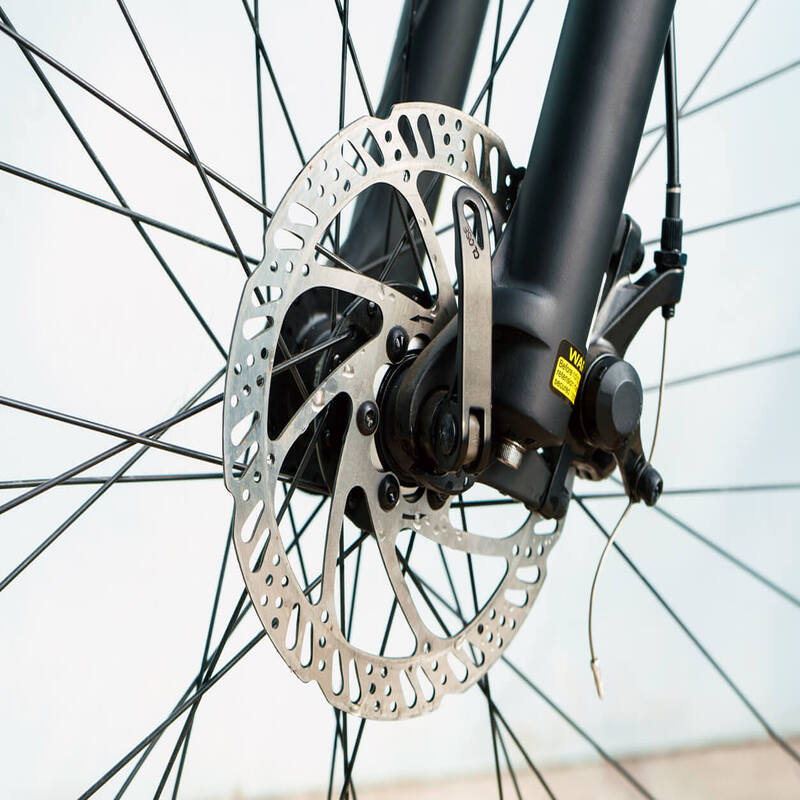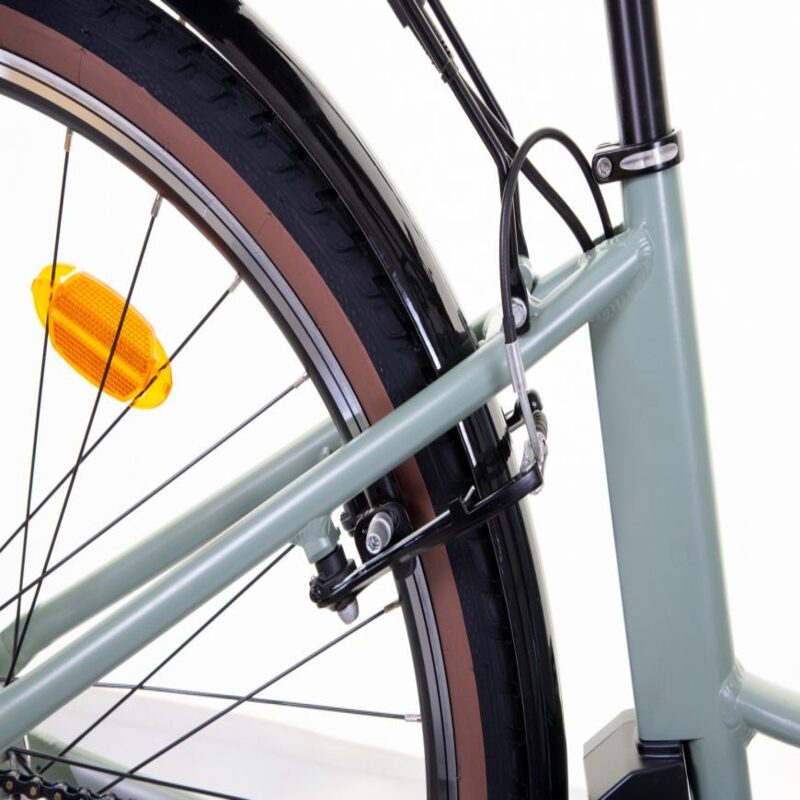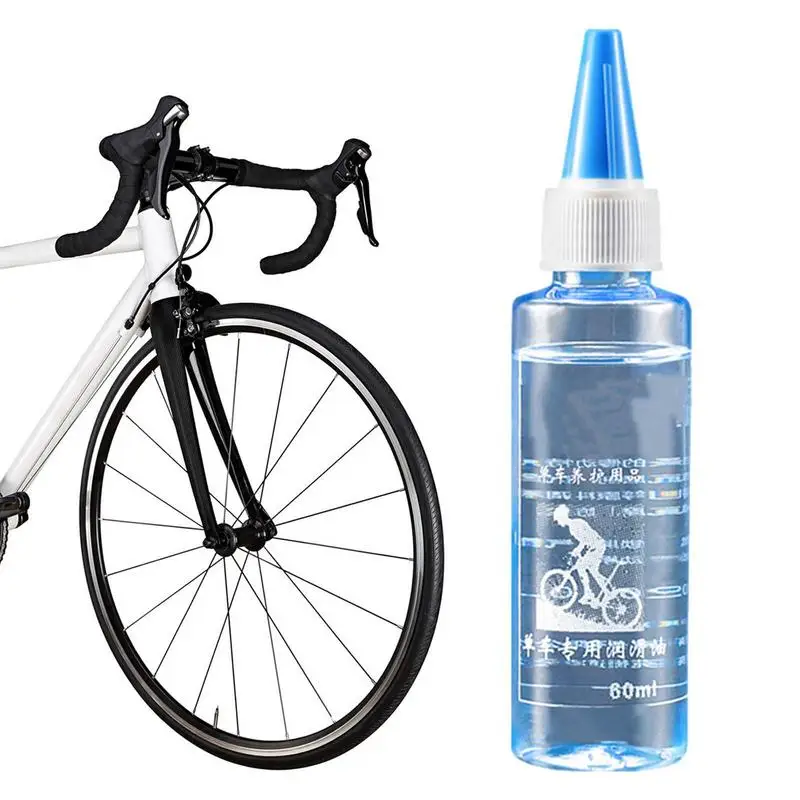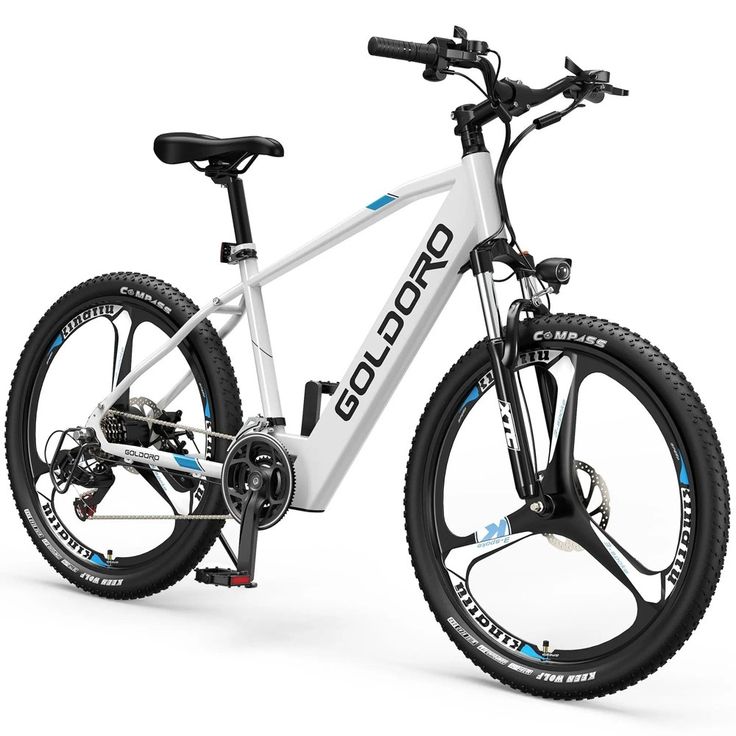Introduction
Squeaky bike brakes are not just an annoyance; they can also indicate a bigger problem. If your brakes are squeaking, it’s essential to address the issue promptly. Not only does a noisy brake system compromise your riding experience, but it may also affect your safety. Various factors can lead to squeaky brakes, including dirt buildup, misaligned components, or worn-out parts. In this article, we will explore the common reasons for this issue and provide step-by-step solutions to fix it effectively.
Understanding the Causes of Squeaky Bike Brakes
Dirt and Debris Accumulation
One of the most common reasons for squeaky bike brakes is dirt and debris accumulation. If your bike has been exposed to rain or dusty roads, debris can quickly build up. This buildup may cause your brake pads to make noise when they come into contact with the wheel rim. It’s essential to inspect your brakes regularly, especially after riding under harsh conditions. Cleaning effectively can help ensure optimal brake performance.
To clean your brakes, you can start by removing the wheel. This allows you to access the brake pads and rims easily. Next, use a damp cloth to wipe down both the rim and the brake pads. If there is significant grime, consider using a mild detergent. Scrubbing gently can remove stubborn dirt without damaging components.
Once the surfaces are clean, make sure to dry them thoroughly. Moisture can also lead to squeaking, so it’s crucial to eliminate water entirely. After the wheels have dried, reinstall them and test the brakes to see if the noise persists.
Misaligned Brakes
Misalignment of brake components can also lead to unwanted noise. Brake components, like pads and rotors, need to be in the correct position to function properly. If they are misaligned, they may rub unevenly against the wheel. This issue can produce a squeaking sound that can become increasingly bothersome. Checking alignment may seem daunting, but it is a straightforward process.
Start by inspecting the brake pads. They should be parallel to the rim or rotor. If you notice any discrepancies, you can make adjustments. Loosen the brake caliper bolts slightly, allowing the caliper to shift. While holding the brake lever, retighten the bolts. This should position the caliper correctly against the wheel’s surface. Also, check the pads for excessive wear. If they appear uneven, consider replacing them for optimal performance.
Worn Brake Pads
Worn brake pads are another frequent culprit of squeaky brakes. Over time, brake pads will naturally wear down, becoming thinner and less effective. If you notice that your pads are shiny or have significant wear, it’s time for a replacement. Ignoring this issue can compromise not just the brakes but also your overall safety on the bike.
To check for wear, remove the wheel and inspect the pads closely. If they appear less than a quarter of an inch thick, it’s advisable to replace them. You can purchase new brake pads at any bike shop or online retailer. Installation is usually simple; just remove the old pads and insert the new ones. Ensure they are aligned correctly before tightening everything back in place.

Step-by-Step Fix for Squeaky Brakes
Gathering Necessary Tools
Before you begin fixing the squeaky brakes, you’ll need some tools. This will make the process quicker and more efficient. First, gather a set of Allen wrenches, as many bike components use Allen screws. Second, have a soft cloth ready for cleaning purposes. Third, consider some rubbing alcohol; it can help degrease surfaces. Finally, make sure you have replacement pads if needed.
Having these tools on hand will streamline your repair process. It’s also a good idea to wear gloves while working on your bike. This will help keep your hands clean and protect them from any sharp edges.
Cleaning the Brake System
Now that you have your tools ready, it’s time to clean the brake system. Cleaning helps remove dirt and debris that could lead to squeaky brakes. Start by removing the wheel, as mentioned earlier. Once it’s off, inspect the brake pads and decide if they need replacement.
Use rubbing alcohol to wipe down the brake pads and the rim or rotor. Applying alcohol eliminates grease and dirt, allowing for better performance. Be sure to avoid getting alcohol on your bike’s frame or other components. After cleaning, reassemble everything and spin the wheel. Listen for any residual noises; if the squeaking continues, further adjustments may be necessary.
Aligning the Brakes
Once your brakes are clean, check their alignment. Misaligned components cause unnecessary wear and tear. To align them properly, loosen the brake caliper bolts while ensuring the pads are against the rim. After centering them, tighten the bolts securely. Make sure the pads are parallel to the rim or rotor; this alignment is crucial for effective braking.
Test the brakes by squeezing the lever while spinning the wheel. Listen for any noise during this process. If the brake still squeaks, consider looking into other factors, such as pad wear or rim damage.

When to Seek Professional Help
Understanding Your Limitations
While DIY repairs are often sufficient, it’s crucial to recognize your limitations. If you’ve followed all steps and still experience squeaky brakes, it may be time to seek professional help. Some issues may require specialized tools or expertise that you may not have. Identifying these limitations helps ensure your bike stays in optimal condition.
If you’re unsure about the extent of the problem, consulting a professional bike mechanic is a wise decision. They can diagnose complex issues and recommend appropriate solutions. For additional peace of mind, you may also consider a full bike tune-up.
Finding a Qualified Bike Mechanic
Once you’ve decided to seek professional assistance, the next step is choosing a qualified bike mechanic. It’s essential to find someone who has experience with your type of brakes—whether they are disc or rim brakes. Many bike shops offer warranties on work done, providing added security.
Research local bike shops online or ask fellow cyclists for recommendations. Check reviews and ratings to ensure positive customer experiences. A well-reviewed mechanic can save you time and money in the long run. Additionally, many shops will allow you to watch the repair process, offering valuable insights into bike maintenance.

Preventative Measures for Squeaky Brakes
Regular Maintenance
Regular maintenance is critical in preventing squeaky brakes. One of the best preventative measures is to clean your bike after each ride, especially in adverse weather conditions. Taking this small step can extend the life of your components significantly. Additionally, inspect your brakes at least once a month, looking for any signs of wear or misalignment.
Another useful habit is to periodically check brake pads for wear. Keeping an eye on their condition means you can replace them before they become a safety hazard. You can extend your brake life by following manufacturer recommendations for cleaning and maintenance.
Choosing Quality Components
Investing in quality components can also minimize future issues. While it may be tempting to go for cheaper options, quality parts often last longer and perform better. When replacing brake pads, look for those made from high-quality materials. Good components can help prevent noise and improve your overall riding experience.
Research products before purchasing. Look for reviews that speak specifically to performance and longevity. Choosing quality over quantity will ultimately save you money and keep your bike safe. Quality components enhance performance, offering a smoother, quieter ride.
Conclusion
Squeaky bike brakes can be both a nuisance and a safety concern. Understanding the causes, steps for fixing them, and preventative measures is essential for any cyclist. If dirt buildup is the problem, cleaning the components is usually an effective solution. In cases of misalignment or wear, adjustments and replacements make a significant difference. Additionally, regular maintenance is crucial for prolonging the life of your brakes.
Choosing quality components will also enhance performance and minimize future issues. While DIY fixes often suffice, recognizing your limitations is equally important. Seeking professional help when needed can save you time and ensure your bike’s safety.
Ultimately, a well-maintained set of brakes will make your rides more enjoyable and safer. By following the steps outlined in this article, you’ll gain confidence in your ability to fix and maintain your bike. Enjoy your next ride, free of squeaky brakes!



